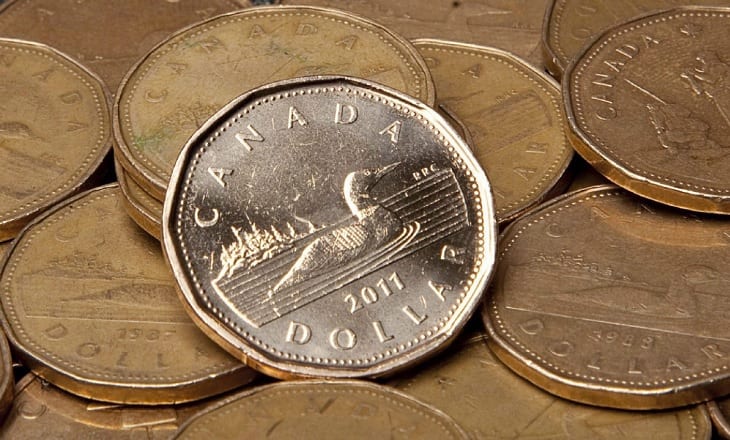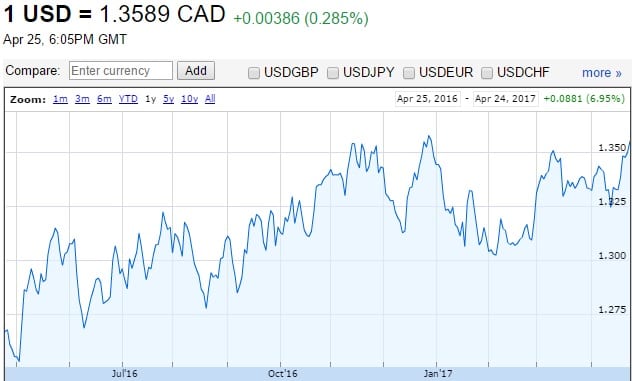The following is based on research from Tyler Yell, Currency Analyst at the DailyFX division of IG Group Holdings plc (LON:IGG). More of Tyler Yell’s research can be seen at DailyFX.com.
USD/CAD Technical Analysis: A Case Study On Not Fighting Breakouts
Can CAD rebound in 2Q? See our forecast to find out what’s driving market trends!
Talking Points:
- USD/CAD technical strategy:favoring CAD weakness continuing
- Options market insight points to longer-term CAD weakness
- CAD Trader Sentiment shows the number of traders net-short is 76.4% higher WoW

Tyler Yell, DailyFX
The problem with a weak currency is that bad news is exasperated, and the good news is often aggressively discounted. This morning, news hit the wires that appear to be re-stoking fears of US-CA trade conflicts. This development opens up the risk that the Canadian Dollar, already the weakest G8 currency could continue to weaken toward the 61.8% retracement of the 2016 range at 1.3838 vs. the USD.
Many traders could point to the argument that CAD is oversold on the possible 24% tariff on softwood lumber. However, it’s fair to say as well that Markets are a forward discounting mechanism, and often an erratic one at that. We can see that events often fail to happen in isolation, which seems to argue on the back of recent weak CPI in Canada that we could continue to a bias for a weak CAD in much the same was as we see the Mexican Peso also hitting 1-month lows as it retraces a stellar Q1.
Looking at the options market, we can see that one-year risk reversals are showing a long-term premium being paid for USD/CAD calls to puts and the 1-yr 25D RR premium is increasing. USD/CAD support can be seen on the short-term at the weekly opening range low at 1.3410. Above there, it would likely serve traders better to anticipate buying a pullback than fighting the trend. Despite the CAD being at its cheapest level in 14-months against the USD, the pledge from PM Trudeau to defend Canadian interests could cause the market to sell the Loonie further.
USDCAD: As of April 25, retail trader data shows 34.0% of traders are net-long with the ratio of traders short to long at 1.94 to 1. The number of traders net-long is 36.0% higher than yesterday and 13.3% lower from last week, while the number of traders net-short is 4.6% lower than yesterday and 76.4% higher from last week.
We typically take a contrarian view to crowd sentiment, and the fact traders are net-short suggests USDCAD prices may continue to rise. Positioning is less net-short than yesterday but more net-short from last week. The combination of current sentiment and recent changes gives us a further mixed USDCAD trading bias.
USDCAD one year chart. Source: Google Finance.

